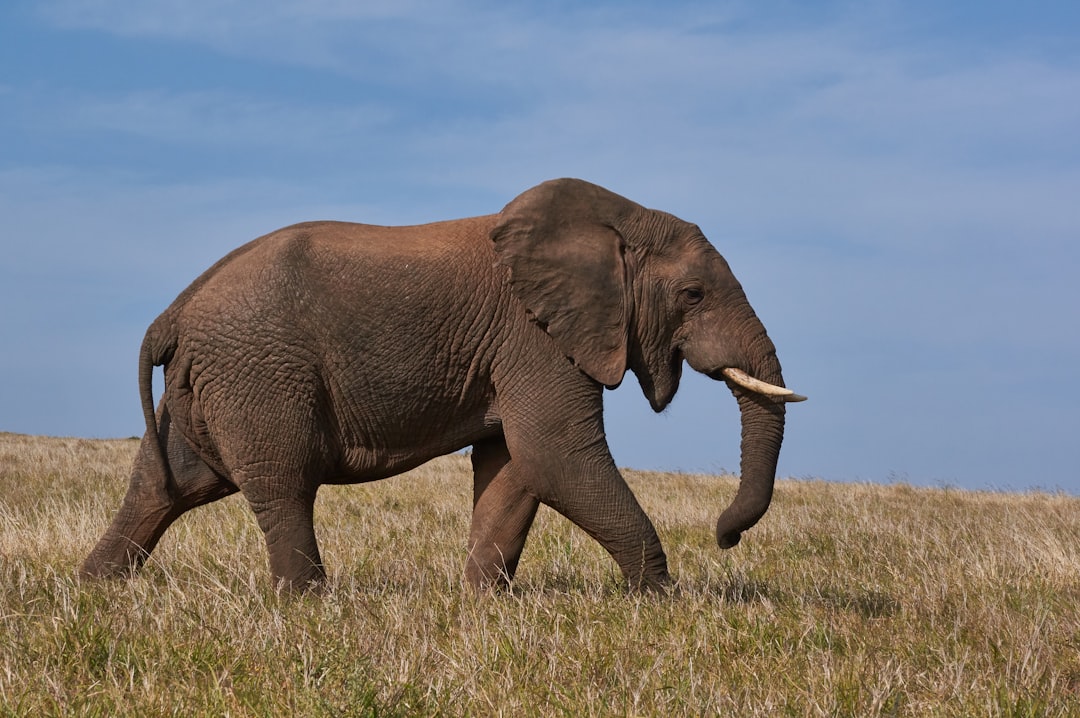What is it about?
This is a significant study in the quest to understand the evolution of vegetative desiccation tolerance and the relationship between desiccation tolerance and water-stress (drought) tolerance in plants. We used a sister group contrast, a desiccation tolerant (Sporobolus stapfianus) and a desiccation sensitive (Sporobolus pyramidalis) closely related (sister) species, in the grasses, a group that contains the major global food crops. We compared their genomes and their response to dehydration to determine the relationship between a water stress and a desiccation tolerance response - demonstrating that in this most recent example of the evolution of desiccation tolerance the two types of response are very different.
Featured Image

Photo by seth schwiet on Unsplash
Why is it important?
This is a significant sister-group contrast comparative study of the underpinning genomics and evolution of desiccation tolerance (DT), a critical trait in the evolution of land plants. Our results revealed that the DT grass S. stapfianus is transcriptionally primed to tolerate a dehydration/desiccation event and that the desiccation response in the DT S. stapfianus is distinct from the water stress response of the desiccation sensitive (DS) S. pyramidalis. Our results also show that the desiccation response is largely unique indicating a recent evolution of this trait within the angiosperms and that inhibition of senescence during dehydration is likely critical in rendering a plant desiccation tolerant
Perspectives
Using a standard phylogenetic approach, the comparison of very closely related species (a sister group contrast), we were able to distinguish between water stress and desiccation (tolerance) responses. The general opinion in the community was that desiccation tolerance and water deficit responses were linked and very similar, perhaps suggesting that the program towards desiccation tolerance was simply an extension of the water stress responses. This generally accepted opinion was based on many studies of the response of sensitive and resurrection species to dehydration and desiccation but always on plants that were either phylogenetically unrelated or that were in the same lineage but highly diverged from their common ancestor. Using two grasses that were closely related, sister species, we were able to show that the water stress response of the desiccation sensitive sister, Sporobolus pyramidalis, was very different from the response of the desiccation tolerant sister, Sporobolus stapfianus, at the same dehydration levels. Thus, at least in these grasses, the desiccation tolerance mechanism is separate and distinct from the water stress response.
Dr. Melvin Oliver
University of Missouri Columbia
Read the Original
This page is a summary of: A comparative genomics examination of desiccation tolerance and sensitivity in two sister grass species, Proceedings of the National Academy of Sciences, January 2022, Proceedings of the National Academy of Sciences,
DOI: 10.1073/pnas.2118886119.
You can read the full text:
Contributors
The following have contributed to this page










